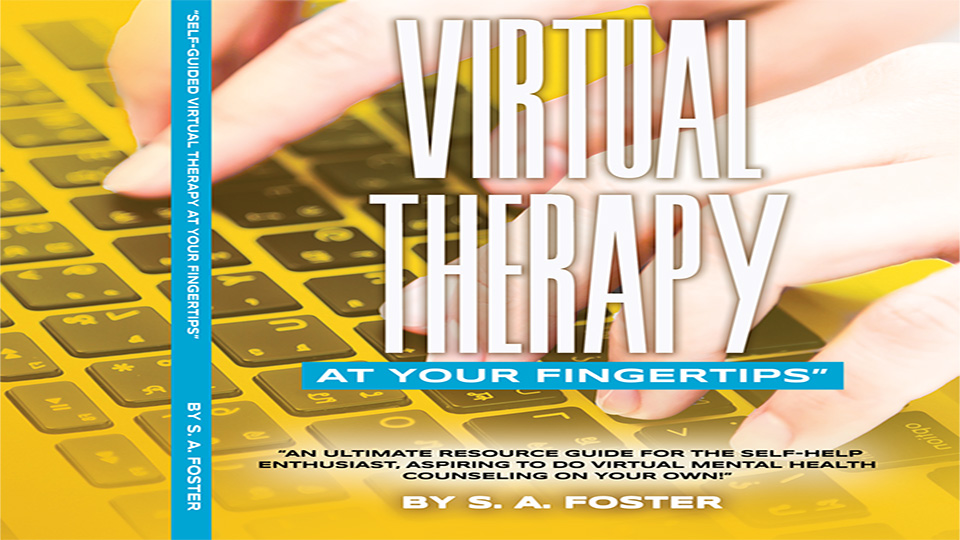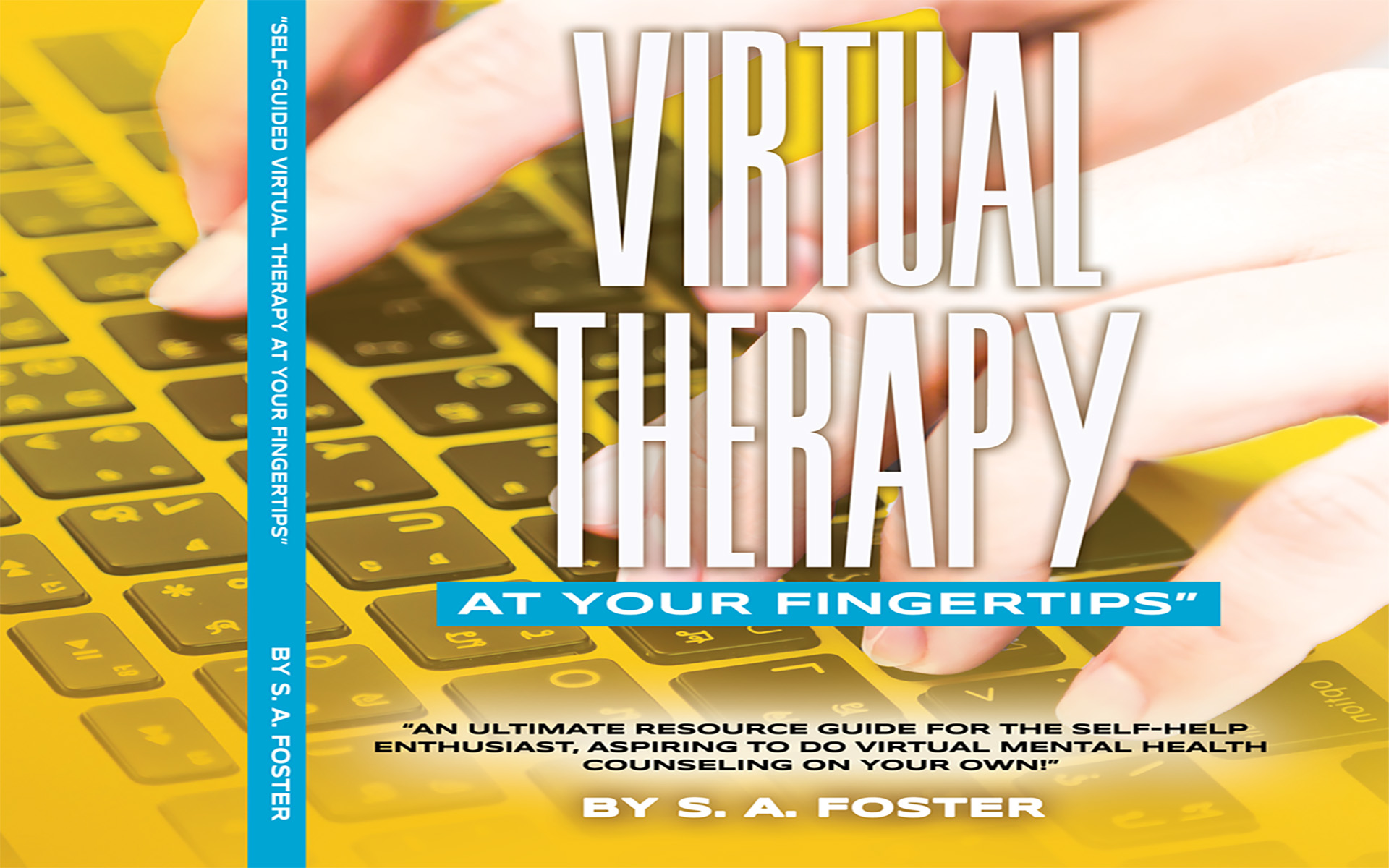This Books helps
Here are some childhood disorders that virtual therapy can help with:
- Anxiety Disorders: Virtual therapy, particularly using Cognitive Behavioral Therapy (CBT) principles, has shown strong efficacy in treating various anxiety disorders in children and adolescents, including generalized anxiety, social anxiety, and separation anxiety. The ability to conduct exposure therapy in a child's natural environment can also be a significant advantage.
- Depression: Virtual therapy has been found to be effective in reducing symptoms of depression in children and adolescents. The convenience and comfort of virtual sessions can encourage engagement and consistent participation.
- Obsessive-Compulsive Disorder (OCD): Exposure and Response Prevention (ERP), a highly effective treatment for OCD, can be delivered effectively through virtual therapy. This allows children in the settings where their OCD symptoms are triggered, such as their home.
- Attention-Deficit/Hyperactivity Disorder (ADHD): Virtual therapy can provide support for children with ADHD, often through Behavioral Parent Training (BPT), which teaches parents strategies to manage their child's behaviors.It can also help with executive functioning weaknesses, such as time management and organizational difficulties.
- Autism Spectrum Disorder (ASD): Telehealth has emerged as a vital resource for autism therapy, particularly for Applied Behavior Analysis (ABA). Virtual ABA therapy can focus on parent training, problem-solving, reducing challenging behaviors, and increasing functional skills within the home environment. It can also help with teaching language, adaptive, and social skills.
- Behavioral Problems: Parent training, a common component of virtual therapy, can help reduce disruptive behaviors like temper tantrums and rule-breaking, and improve family dynamics.
- Trauma and Stress-Related Disorders: While some severe cases may require in-person care, virtual therapy can be helpful for many children dealing with trauma and stress.
- Tic or Tourette's Disorder: These conditions can also be addressed through virtual therapy, often as a comorbidity with other disorders like OCD.
- Speech and Occupational Therapy Needs: Teletherapy has also proven successful in delivering quality speech and occupational therapy services for a variety of needs, including language delays, articulation disorders, and fine motor delays.
- Toileting Issues (Encopresis and Enuresis): Virtual therapy can be effective in addressing these concerns, often through behavioral interventions. Accessibility and Convenience: Overcomes geographical barriers, reduces travel time and costs, and allows for flexible scheduling around family routines. Comfort and Familiarity: Children often feel more at ease in their own home environment, which can lead to deeper engagement and more open communication. Parental Involvement: Facilitates active parental involvement, allowing therapists to provide real-time guidance and support. >Diverse Therapist Access: Broadens access to a wider range of specialized and culturally competent therapists. Early Intervention: Makes it easier for families to access care sooner, which is crucial for better outcomes. Many children are digital natives and may find connecting through technology more natural and engaging. While virtual therapy offers numerous advantages, it's essential to consider the individual child's needs and discuss with a professional if it's the right fit. Some severe issues, like active suicidal ideation or psychotic episodes, may require in-person care.
- Order Here



